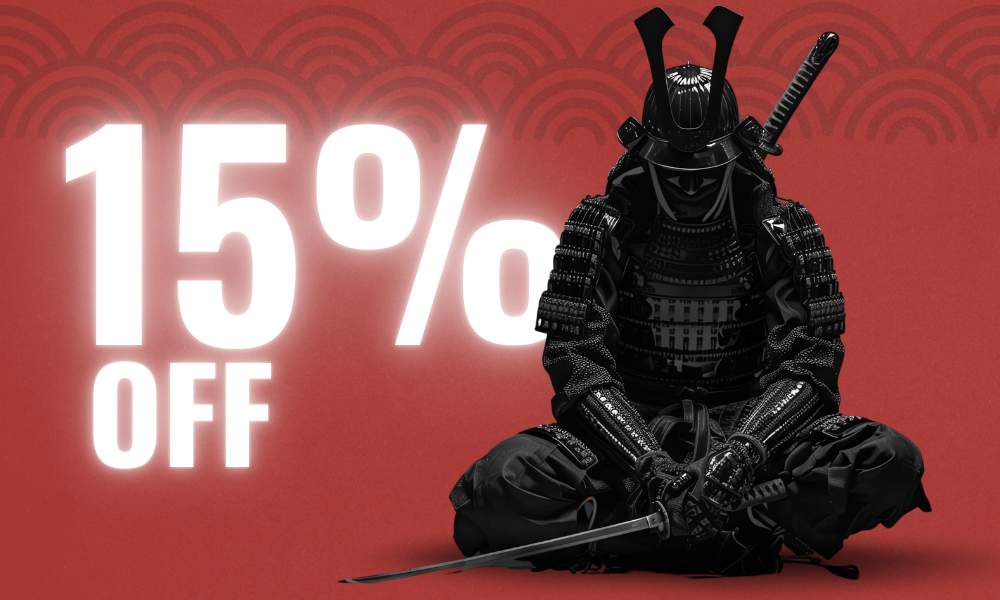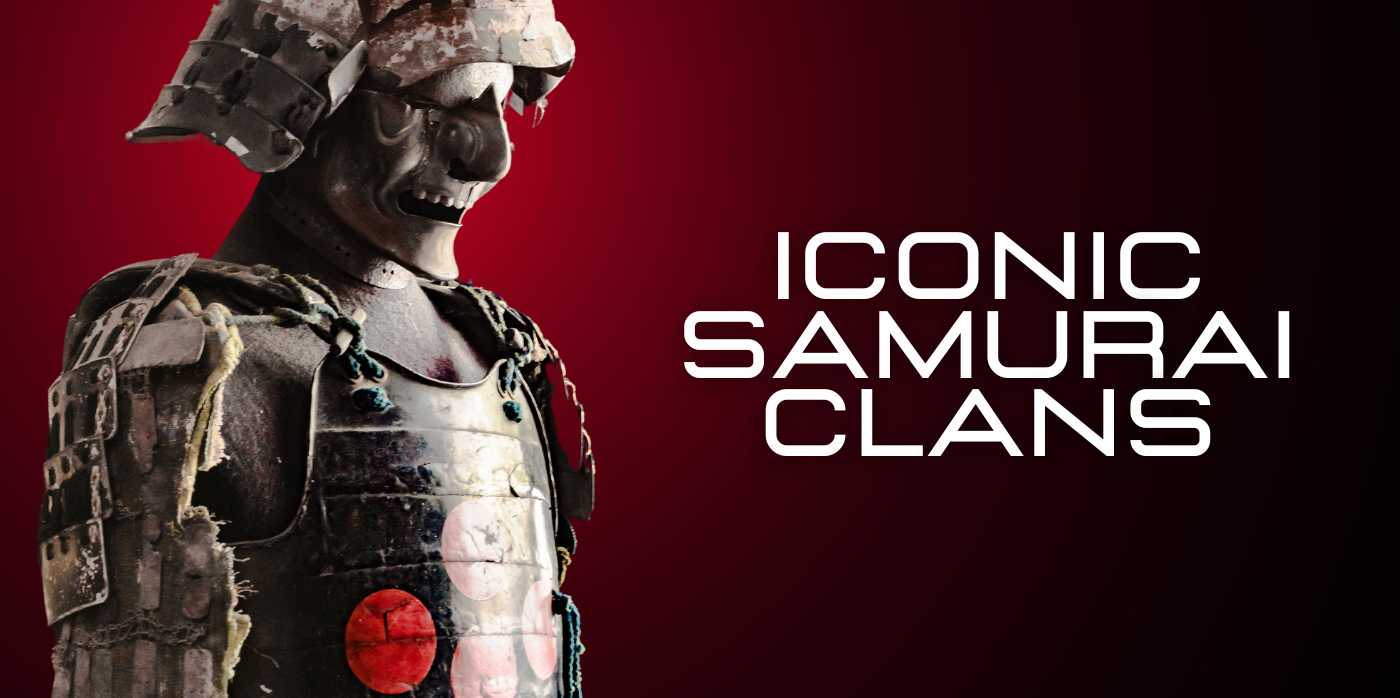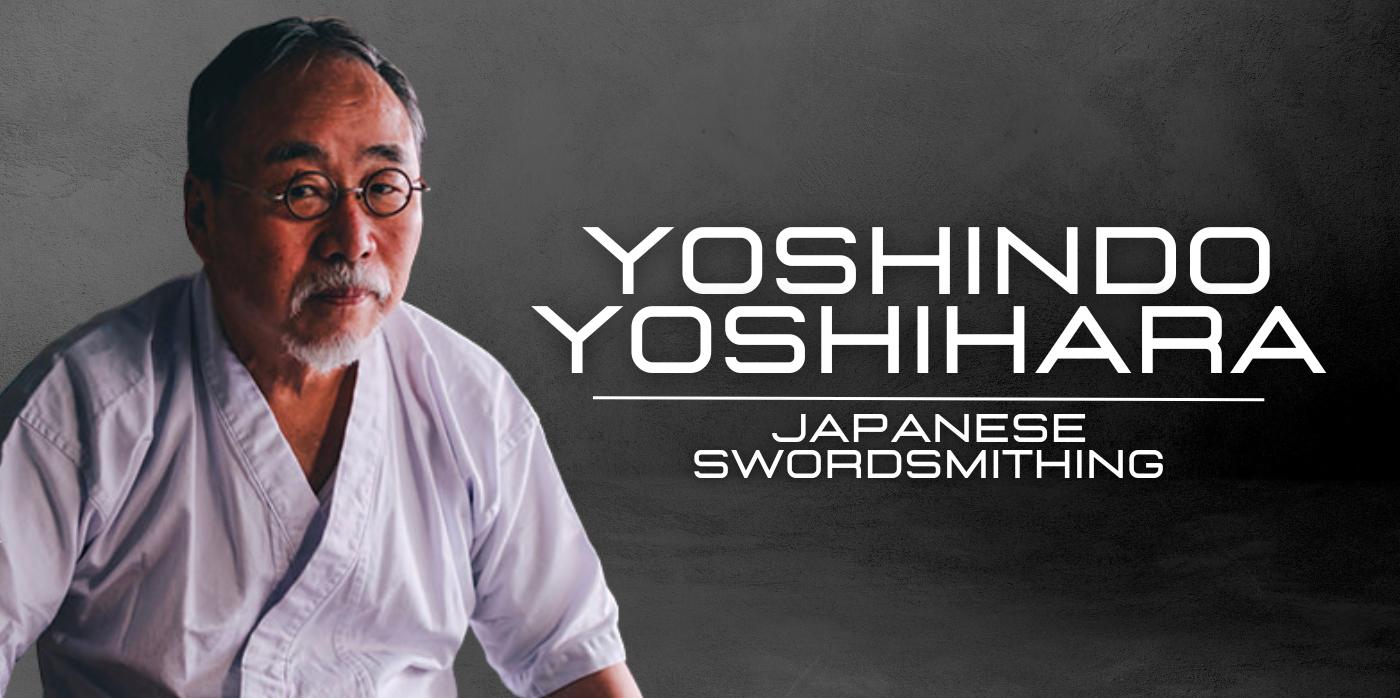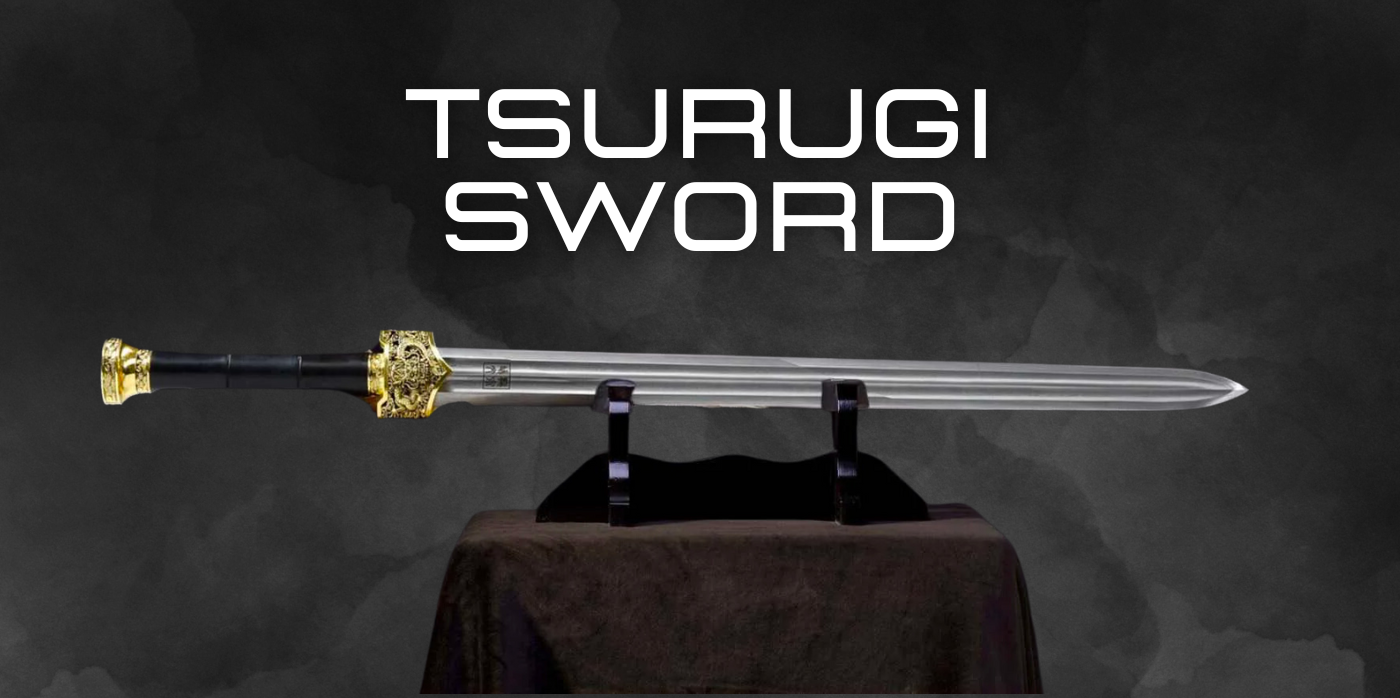The term "Samurai" frequently evokes visions of gallant fighters brandishing katanas, adorned in elaborate armor, and adhering to a rigorous moral code. Yet the samurai were not simply isolated combatants; they belonged to larger samurai families or clans that played a pivotal role in the drama of feudal Japan. These clans not only crafted the nation's history but also left a lasting imprint that continues to fascinate academics, practitioners of martial arts, and samurai swords aficionados to this day. In this article, we will explore the compelling realm of samurai clans and their enduring allure.
The Importance of Samurai Clans in Feudal Japan
During Japan's feudal era, samurai clans were akin to noble families, wielding considerable power both on the battlefield and within the political landscape. Clans like the Takeda, Uesugi, and Oda were known for their military prowess, strategic ingenuity, and contributions to the arts and culture. These clans were often led by daimyo, feudal lords who controlled vast territories and commanded armies of samurai warriors.

Famous Samurai Clans
Fujiwara Clan
As one of the most ancient and influential families, the Fujiwara Clan was less focused on martial prowess and more on court politics. They held significant sway over the Imperial Court during the Heian period and strategically cemented their influence by arranging marriages between their daughters and members of the Imperial family. They were patrons of the arts and had significant influence over the emperor through the position of "sesshō" (regent).
Tachibana Clan
The Tachibana were known for their naval expertise. Operating mainly in the Kyushu area, the Tachibana Clan played a crucial role in significant battles, including repelling the Mongol invasions. One of the clan's most iconic figures is Tachibana Ginchiyo, a female samurai who achieved considerable renown.
Minamoto Clan
Also known as the Genji, the Minamoto were instrumental in establishing the Kamakura Shogunate, Japan's first military government. They were the victors of the Genpei War against the Taira and are among the most celebrated clans in Japanese history.
Taira Clan
The Taira or Heike were the Minamoto's arch-rivals. They were dominant in the late Heian period but were defeated by the Minamoto in the Genpei War. The tale of their downfall is recounted in the epic "Heike Monogatari."
Oda Clan
Emerging from the Taira clan in the 13th century, the Oda clan initially served as a subordinate to more dominant clans. However, they managed to secure their independence through commerce and agriculture.
By constructing grand castles and capitalizing on their agricultural lands, they accumulated significant wealth. This newfound affluence allowed them to bring the Azai and Asakura clans under their vassalage.
Uesugi Clan
The Uesugi Clan was a powerful samurai family based in Echigo Province, now part of modern-day Niigata Prefecture. They gained military prominence under the leadership of Uesugi Kenshin, renowned for his honorable conduct and tactical prowess. Known for his administrative reforms, Kenshin emphasized justice and the welfare of the peasants in his domain. His legendary rivalry with Takeda Shingen has been immortalized through the Battles of Kawanakajima.
Takeda Clan
Originating from Kai Province, which is today's Yamanashi Prefecture, the Takeda Clan rose to fame under the command of Takeda Shingen. A military genius, Shingen was notable for his strategic skills and for assembling some of the era's most skilled samurai. Despite enduring a catastrophic defeat at the Battle of Nagashino, the clan's legacy, especially the rivalry with the Uesugi Clan, remains a defining chapter in samurai history.
Ashikaga Clan
The Ashikaga were responsible for establishing the Muromachi Shogunate. They were descendants of the Minamoto and came to power by overthrowing the Kamakura Shogunate. Their period was marked by the influential art and culture movement known as "Higashiyama Culture."
Abe Clan
The Abe clan were a prominent family in northeastern Japan, particularly during the Heian period. They were initially tasked with pacifying the Emishi, the indigenous people of the area, and had considerable autonomy in the region.
Hōjō Clan
After the Minamoto established the Kamakura Shogunate, the Hōjō seized control as regents and became the de facto rulers. They were known for their administrative reforms and legal code, the "Goseibai Shikimoku."
Mori Clan
The Mori were a powerful clan in the Chugoku region and were known for their naval power. They were active during the Sengoku period and were initially allies of the Oda before switching sides to support Toyotomi Hideyoshi.
Azai Clan
Led by Azai Nagamasa, this clan was known for its alliance and later conflict with Oda Nobunaga. They were based in the Ōmi Province and were eventually defeated by Nobunaga.
Tokugawa Clan
Founded by Tokugawa Ieyasu, this clan established the Edo Shogunate, which lasted for over 250 years and unified Japan. Their governance model solidified the class structure and led to a long period of peace, albeit under strict social and economic constraints.
Each of these clans had their unique contributions to Japanese history, whether it be in military exploits, governance, or culture. Their legacies continue to be celebrated and studied today.





